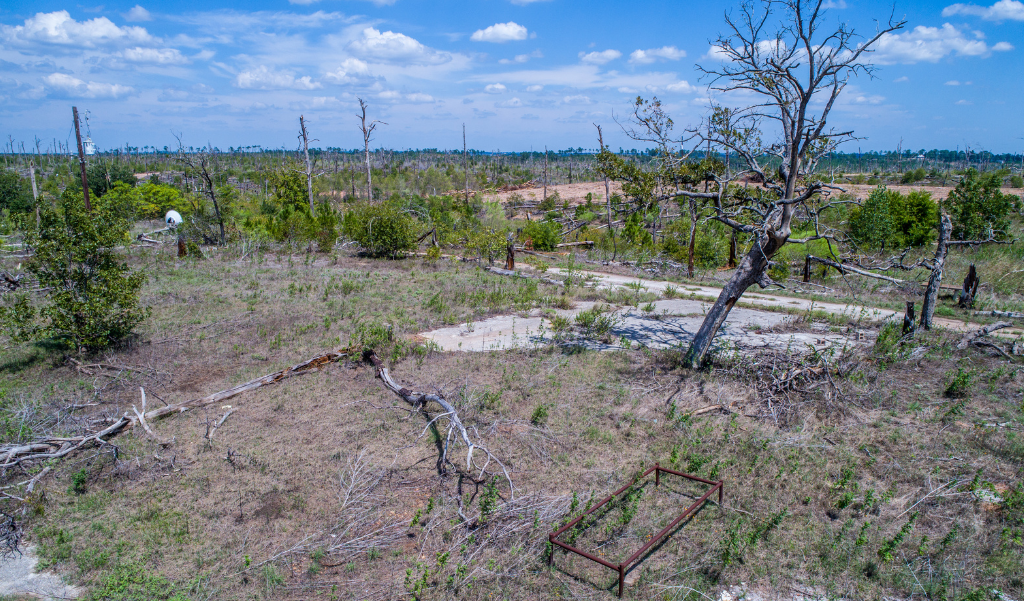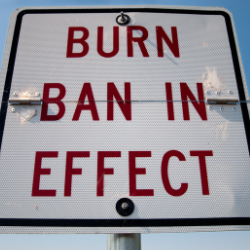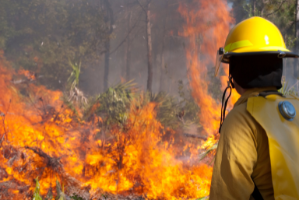Smokey the Bear is approaching his 80th birthday, and his message is as important now as it's ever been: Only you can prevent wildfires! To help Texans stay safe, local authorities can declare burn bans.

Smokey the Bear is approaching his 80th birthday, and his message is as important now as it's ever been: Only you can prevent wildfires! To help Texans stay safe, local authorities can declare burn bans.


According to Texas A&M Forest Service, wildfires can happen anywhere in Texas, and more than three-quarters of wildfires happen near communities. Even more concerning, 90% of wildfires are started by human activities! Welding, campfires, a discarded lit cigarette, a malfunctioning car, or burning trash can easily start a wildfire when conditions are right.
While local fire departments and state firefighters are prepared to battle wildfires, preventing a wildfire is our best defense against the ravages such a fire can bring. To promote safe behaviors, a Texas county judge or commissioners court can put a burn ban in place when conditions that increase fire danger exist, to restrict outdoor burning for public safety. These agencies rely on state and local experts to determine if the risk of wildfire is high enough to declare a ban. Violating a local burn ban can result in hefty fines.

Once a burn ban has been declared, Texas A&M Forest Service compiles this information on a daily statewide Burn Ban Map. Check to see if your county is currently under a ban.
The Texas Forest Service continually reviews current and predicted weather conditions, wildfire occurrence, and the presence and availability of fuels from vegetation to assess wildfire risk. Using this information, TFS develops daily and seasonal forecasts to help state and local governments prepare for and respond to periods of greater fire danger.
Another resource, the Texas Fire Danger Map, is constantly updated to display current and forecasted fire danger levels. Weather information is provided by remote, automated weather stations and then used by the Weather Information Management System.
If you plan to engage in activities that could create a fire hazard, such as grilling, fireworks, a campfire, burning debris, or welding, consider these tips from the Forest Service before you begin. Your diligence could save a life!
If you need to burn for any reason, please consult the TCEQ pamphlet Outdoor Burning in Texas (PDF download). The pamphlet summarizes the part of Texas Administrative Code pertaining to outdoor burning (Title 30, Chapter 11, Subchapter B).
If you have questions about burning, contact your local city or county government to get the latest updates on a burn ban.